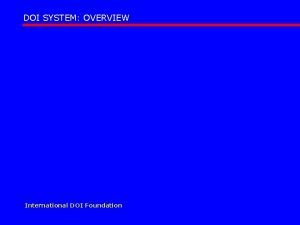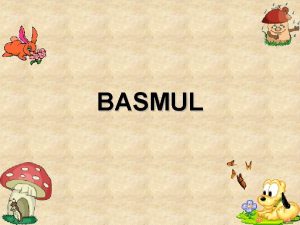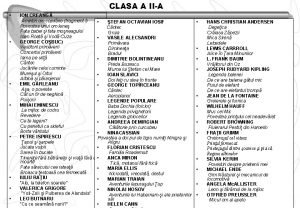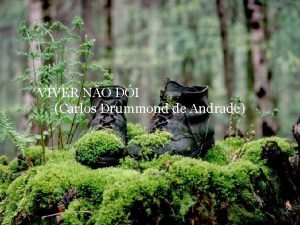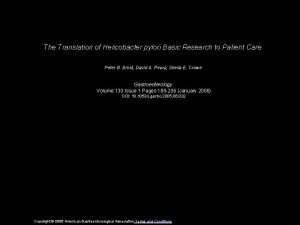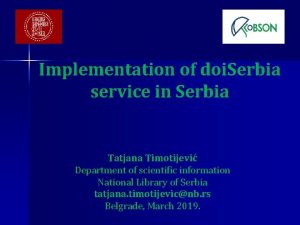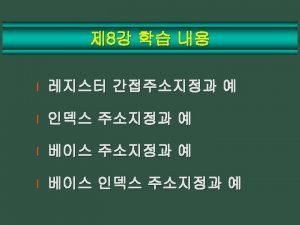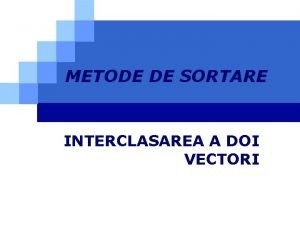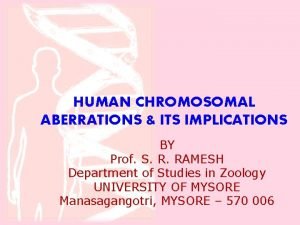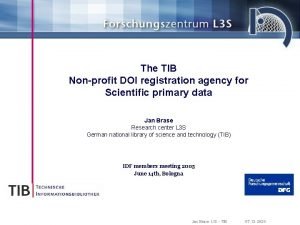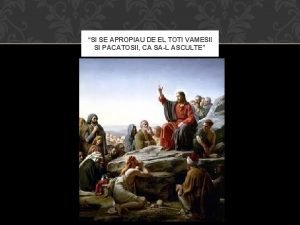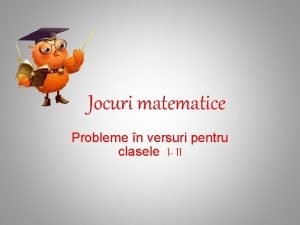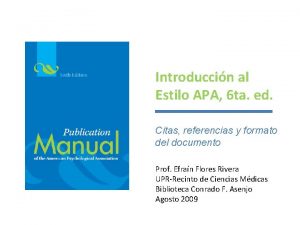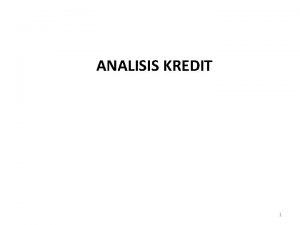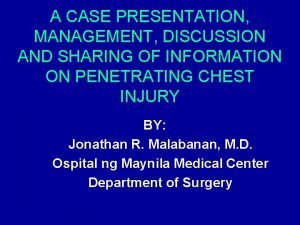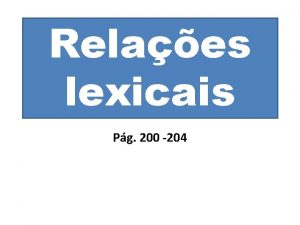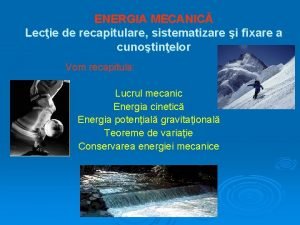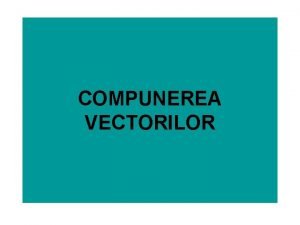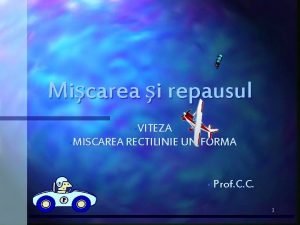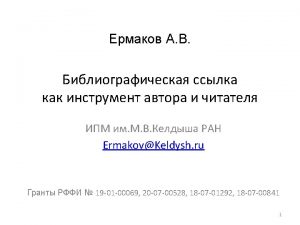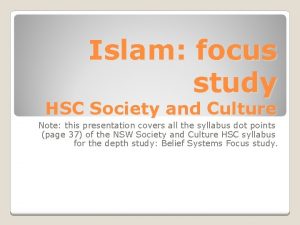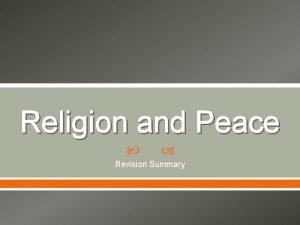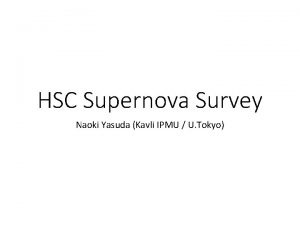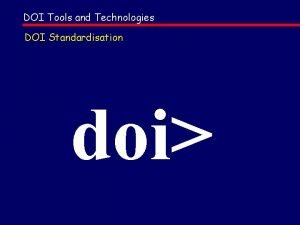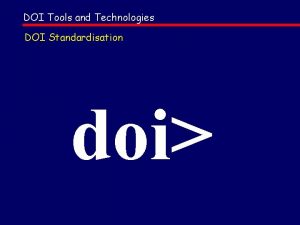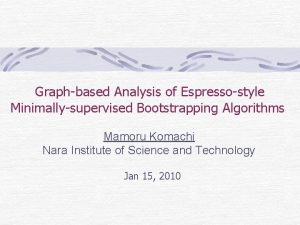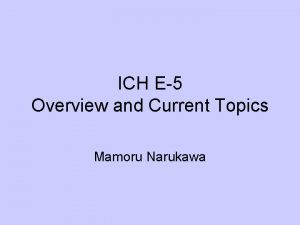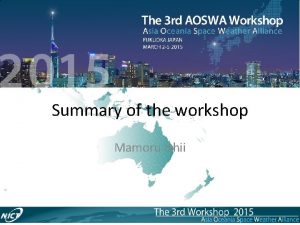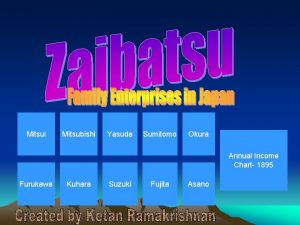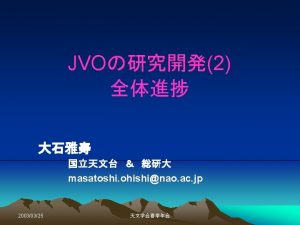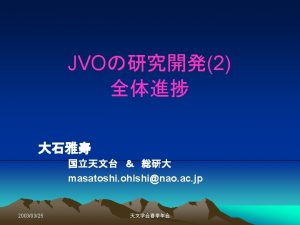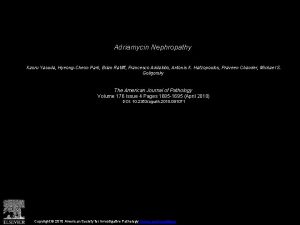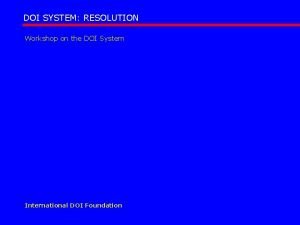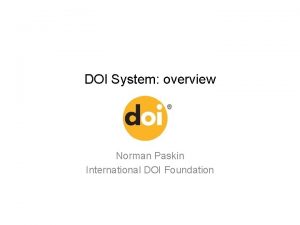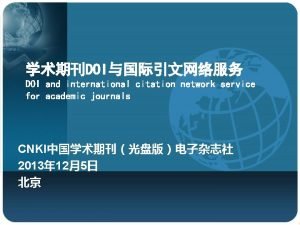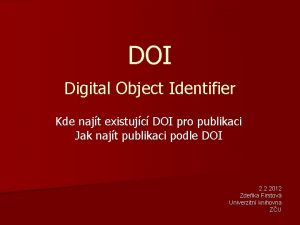SN Survey with HSC NAOKI YASUDA MAMORU DOI






























- Slides: 30

SN Survey with HSC NAOKI YASUDA, MAMORU DOI (UTOKYO), AND TOMOKI MOROKUMA (NAOJ)

SN Ia as standard candle Very bright (MB~-19. 3) Observable at cosmological distances (z~1. 5) Light-curve shape (Dm 15, stretch) / luminosity relation Broader light-curve -> intrinsically brighter Accurate to ~7% Accelerated expansion of the Universe

Luminosity Normalization Astier et al. 2006 Jha 2002

Reiss et al. (2007)

Complementarities Constraints from SN Ia is complementary to the constraints from LSS Independent attempt is important Astier et al. 2006

SN Ia progenitors Sullivan et al. (2006) SN Ia rate as a function of SFR of host galaxies Two components SN rate proportional to SFR and stellar mass Delayed Prompt Light curve shapes depend on host galaxies Sullivan et al. 2006 Faint Bright

List of SN Survey Telescope Sky coverage Filters # SNe Spectroscopy Period Main goals Low-z searches; z < 0. 1 LOTOSS KAIT (70 cm) Northern Hemisphere BVRI >200 Lick/Keck 1992 - Discover and follow nearby SNe European Supernova Collaboration 2 m and 4 m - UBVRIZJHK ~20 Various 4 m 20022006 SN Ia physics, early epochs Supernova Factory NEAT (1. 2 m) Northern Hemisphere BVRI 300 SNIFS 2002 - Establish local Hubble diagram, study systematic Intermediate-z searches; 0. 1 < z < 0. 5 Carnegie Supernova Project 1 m, 2. 5 m, 6. 5 m - UBVRIYJH ~250 Dupont/Magellan 20042009 All SN types, I Hubble diagram SDSS II Sloan 2. 5 m 300 deg 2 ugriz >300 Various 4 m / Subaru 20052008 Fill in redshift gap 0. 1 < z < 0. 3 High-z searches; z > 0. 5 Supernova Cosmology Project CTIO 4 m - RI ~100 Keck/Gemini/VLT 19902000 Established acceleration High-z Supernova Survey Tem CTIO 4 m - RI ~100 Keck/Gemini/VLT 1995 -2001 Established acceleration Higher-z Supernova Search HST GOODS Fields RIz 17 Keck/Gemini/VLT/Magellan 20022004 z > 1 SNe ESSENCE CTIO 4 m 36 x 0. 36 deg 2 RI ~200 Keck/Gemini/VLT/Magellan 2001 -2007 w to 10% SNLS CFHT 4 x 1 deg 2 ugriz ~700 Keck/Gemini/VLT/Magellan 20032008 w to 7% Accelerating and dustfree HST - griz ~20 Keck/Gemini/VLT/Subaru 2005 - Distant SNe in elliptical galaxies PAENS/SHOES HST - JHK ~15 ? ? ? 2006 - Distant SNe Pan. STARRS-4 4 x 1. 5 m ~10, 000 deg 2 BVr. Iz thousands ? ? 2011? Dark Energy Survey CTIO 4 m 10, 000 deg 2 griz thousands ? ? 2010 -2015 LSST 7. 5 m >20, 000 deg 2 ugriz thousands - >2014 JDEM/SNAP/DUNE /JEDI/DESTINY Space >10, 000 deg 2 optical/IR ~2000 onboard >2015 Space missions ESA-ESO Working Groups : Fundamental Cosmology (2006)

Advantage of HSC Large aperture Other SN surveys except for LSST use 4 m telescopes SN Ia samples are limited to z<0. 9 Extend to z~1. 2 Wide field 1 Fo. V is comparable to survey area of SNLS High sensitivity in red bands (z-, Y-band) Most energy of SN Ia @ z=1 fall in i-, z-, and Y-band




Advantage of HSC Large aperture Other SN surveys except for LSST use 4 m telescopes SN Ia samples are limited to z<0. 9 Extend to z~1. 2 Wide field 1 Fo. V is comparable to survey area of SNLS High sensitivity in red bands (z-, Y-band) Most energy of SN Ia @ z=1 fall in i-, z-, and Y-band 1, 000 SNe @ z=0. 6 -1. 2 from 4 Fo. V and 4 month duration observation

Performance of Subaru/Suprime-Cam Number of candidates i < 25 mag 1 month separation 20 -30 SNe / deg 2 / month 1, 000 SNe / 4 Fo. V / 3 months Oda et al. (2007) Photometry Good enough for light-curve fitting for SNe @ z~1 Comparable to HST photometry

Proposal 1, 000 SN Ia @ z = 0. 6 -1. 2 combined with previous surveys Expanding history of the Universe Limit on the time variation of dark energy SN Ia rate and its environmental effect, evolution Clue to the progenitor of SN Ia Two evolutionary channel?

Observing Strategy “Multi-color rolling search” Observe the same field repeatedly with multi colors 5 nights (every 5 days) x 4 months x 2 in (r, )i, z, and Y-bands: ~1000 SN light curves Most SNe are observable over 2 months Maximum brightness photometric typing / redshift Not enough facilities for spectroscopy

Comparison with on-going SN Surveys SDSS-II : ~60 nights/yr x 3 yrs (2. 5 m) 0. 1 < z < 0. 3 SNLS : ~60 nights/yr x 5 yrs (3. 6 m) 0. 3 < z < 0. 8 HSC : ~40 nights/yr x 1 yr (8. 2 m) 0. 6 < z < 1. 2 1, 000 SNe from 4 Fo. V, 4 months Much cheaper than HST

Sample Observation Plan

Photometric typing / redshift Fitting to multi-epoch spectral templates Typing ~90% of SN Ia candidates are confirmed spectroscopically from the data of a few epochs (SDSS-II) -> details in Ihara’s talk Redshift Dz/(1+z) ~ 2 -3% (SNLS) Guy et al. 2007

Photometric Redshift Simulation Cosmology : WM = 0. 3, WL = 0. 7, w = -1, w’ = 0. 0 1 hour exposures of i-, z-, and Y-band at (-8, -3, 0, +3, +8) days from new moon over 3 months Stretch parameter : 0. 96 +/- 0. 11 (Max magnitude : +/- 0. 2) Explosion time : from -15 days to +15 days Color is fixed to 0. 0 : same intrinsic color and no extinction Redshift : 0. 8, 0. 9, 1. 0, 1. 1, and 1. 2 Photo-z by light curve fitting program (SALT) SALT is developed for SNLS analysis

Photo-z Results

Photo-z Results

Photo-z Results

Photo-z Results

Photo-z Results

Photo-z Results Offset of mean value Difference of spectral templates between light curve simulation (Hsiao template) and light curve fitting program (SALT)? Dispersion Dz/(1+z) ~ 1 -2% Catastrophic errors Misidentification of colors Degeneracy due to wavy feature of SNe spectrum?

Cosmology Errors on WM and w reduce by a factor of 2 Contour : 1 s Area encircled reduce by a factor of 2 Contour : 1 s

Cosmology Systematic error due to photo-z error Contour : 1 s

Cosmology Redshift should be determined well below 1% level Difficult only with photometric information Need spectroscopic information Combine with photo-z of host galaxies? Different error properties are expected Slitless (Grism) spectroscopy? High sky noise More observing time Spectroscopy of host galaxies Need large observing time Only for elliptical hosts (no extinction)?

SN Ia rate, progenitor, … Do not need very accurate redshift Correlation with host galaxy Brighter SNe are in later spirals SN rate Two component model Proportional to SFR Stellar mass Two evolutional path Effect on chemical evolution Neill et al. 2007

Summary HSC can detect ~1000 SNe with reasonable observing time (~40 nights). Photometric Redshift can be determined to 1 -2% level. For cosmology we need more accurate redshift. Nature of SNe Ia and their evolution can be explored with large sample.
 Abcd in acls
Abcd in acls Sóc nhí câu đố
Sóc nhí câu đố Cei doi martori ai apocalipsei
Cei doi martori ai apocalipsei E uma saudade bate forte la no fundo
E uma saudade bate forte la no fundo International doi foundation
International doi foundation Doi feti cu stea in frunte rezumat
Doi feti cu stea in frunte rezumat Povestea a doi pui de tigru numiţi ninigra şi aligru
Povestea a doi pui de tigru numiţi ninigra şi aligru Viver não dói carlos drummond de andrade
Viver não dói carlos drummond de andrade Translation
Translation Doi serbia
Doi serbia Mov ax
Mov ax Interclasarea a doi vectori
Interclasarea a doi vectori Bọn em hai đứa cùng tên
Bọn em hai đứa cùng tên Doi
Doi Perhitungan kredit modal kerja
Perhitungan kredit modal kerja Doi registration agency
Doi registration agency Que es doi
Que es doi Un om avea doi fii
Un om avea doi fii Cate doi versuri
Cate doi versuri Cita de apa
Cita de apa Rumus dor doi dop
Rumus dor doi dop Hemothorax xray
Hemothorax xray Só doi quando eu respiro. porto alegre l&pm 2001
Só doi quando eu respiro. porto alegre l&pm 2001 Care este expresia lucrului mecanic al greutatii
Care este expresia lucrului mecanic al greutatii Metoda paralelogramului
Metoda paralelogramului Miscare si repaus
Miscare si repaus Https://doi.crossref.org/simpletextquery
Https://doi.crossref.org/simpletextquery My name is amerigo
My name is amerigo Hsc society and culture
Hsc society and culture Religion and peace essay hsc
Religion and peace essay hsc Hsc pensions
Hsc pensions




